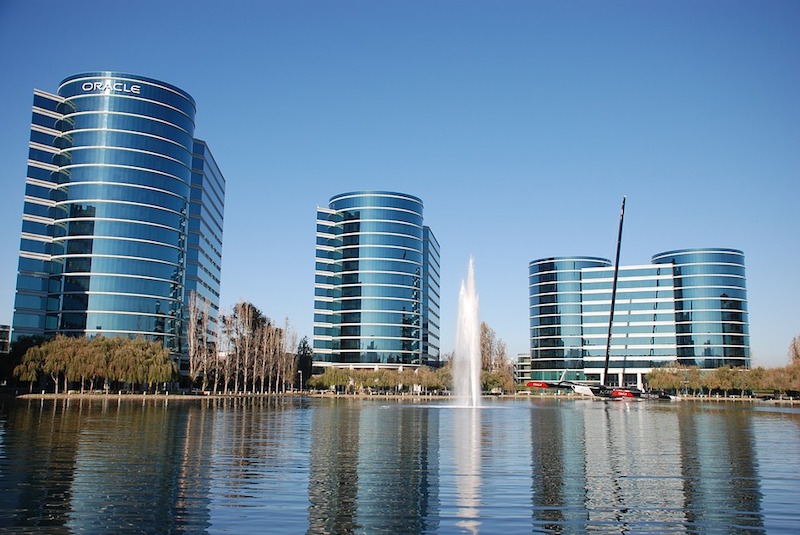‘For the people who were mentioning the fear from Silicon Valley. I am Silicon Valley. Get over the fear. Silicon Valley has already stepped into construction, and I am part of it.’
AEC technophile Rohit Arora—who joined the design-build startup Katerra in April as a Product Excellence engineer—put his thoughts on AEC tech innovation quite bluntly at BD+C’s Accelerate Live! conference this past May. But it needed to be said.
Talk after talk at the event referenced the AEC market’s ongoing angst about a tech-industry takeover of AEC, with traditional companies getting squeezed out by hotshot VC-backed startups and enterprising design and construction firms. Arora’s advice for the traditionalists: “Embrace technology. Do not fear. You can shape it.”
I don’t need to tell you about the profound impacts that technological advancements are having on architecture, engineering, and construction. However, I suggest that the pace of innovation and the rate of tech adoption by AEC firms have taken on a Moore’s law-like stride.
This past April, while attending an industry event targeted at GCs and subcontractors, I sat in on a two-hour breakout session focused solely on disruptive construction technologies (yes, 120 minutes!). The speaker, a well-known AEC technology expert, flipped through slide after slide—well more than 60 slides in all—each with a specific technology tool or application, and how construction firms are utilizing the innovation. Labor tracking, BIM/VDC optimization, multi-user VR coordination, indoor drones, rules-based clash detection, exoskeletons, smart tools, 360 cameras for creating detailed 3D models, and AI for everything from construction scheduling to language translation on the jobsite. The applications went on and on, and that talk was just for construction companies. The speaker could easily put together a two-hour talk on emerging tech for architects. And one for engineers. And one for building owners and facilities professionals.
And based on the amount of venture capital funding that is flooding into the commercial construction field, two hours may no longer be enough to cover emerging technologies. JLL, in a new report, found that VC firms invested a record $1.05 billion in construction technology startup companies during the first half of 2018. That is nearly 30% more VC funding than during the same period in 2017, and it adds to the more than $3 billion in funding since 2009, across 478 construction technology deals.
In my nearly two decades covering commercial construction, there has never been a more compelling time to report on this $500 billion industry. On one hand, it’s exhilarating to see the incredible opportunities that lie ahead for enterprising firms. On the other hand, I empathize with firms that are struggling to keep up.
Related Stories
| Aug 11, 2010
Construction unemployment rises to 17.1% as another 64,000 construction workers are laid off in September
The national unemployment rate for the construction industry rose to 17.1 percent as another 64,000 construction workers lost their jobs in September, according to an analysis of new employment data released today. With 80 percent of layoffs occurring in nonresidential construction, Ken Simonson, chief economist for the Associated General Contractors of America, said the decline in nonresidential construction has eclipsed housing’s problems.
| Aug 11, 2010
Billings at U.S. architecture firms exceeds $40 billion annually
In the three-year period leading up to the current recession, gross billings at U.S. architecture firms increased nearly $16 billion from 2005 and totaled $44.3 billion in 2008. This equates to 54 percent growth over the three-year period with annual growth of about 16 percent. These findings are from the American Institute of Architects (AIA) Business of Architecture: AIA Survey Report on Firm Characteristics.
| Aug 11, 2010
Bowdoin College has country's first newly constructed LEED-certified ice arena
Bowdoin College's new Sidney J. Watson Arena, dedicated January 18, 2009, has become the first newly constructed ice arena in the United States to earn coveted LEED (Leadership in Energy and Environmental Design) certification from the United States Green Building Council (USGBC).
| Aug 11, 2010
CHPS debuts high-performance building products database
The Collaborative for High Performance Schools (CHPS) made a new tool available to product manufacturers to help customers identify building products that contribute to sustainable, healthy, built environments. The tool is an online, searchable database where manufacturers can list products that have met certain environmental or health standards ranging from recycled content to materials that contribute to improved indoor air quality.
| Aug 11, 2010
VA San Diego Healthcare System Building 1 Seismic Correction
San Diego, Calif.
Three decades after its original construction in the early 1970s, the Veterans Affairs San Diego Healthcare System Building 1 fell far short of current seismic codes. This not only put the building and its occupants—patients, doctors, nurses, visitors, and administrative staff—at risk in the event of a major earthquake, it violated a California state mandate requiring all hospitals to either retrofit or rebuild.
| Aug 11, 2010
Green Building Initiative launches two certification programs for green building professionals
The Green Building Initiative® (GBI), one of the nation’s leading green building organizations and exclusive provider of the Green Globes green building certification in the United States, today announced the availability of two new personnel certification programs for green building practitioners: Green Globes Professional (GGP) and Green Globes Assessor (GGA).
| Aug 11, 2010
Brandeis University's new Shapiro Science Center completed
Payette, a leading architectural design firm specializing in complex buildings for medical and scientific research, academic teaching, and healthcare, announced today the completion of Phase One of the 175,000 square foot Carl J. Shapiro Science Center at Brandeis University in Waltham, Mass. Phase One of the complex is 101,045 GSF and Phase Two is planned for 74,080 GSF.







